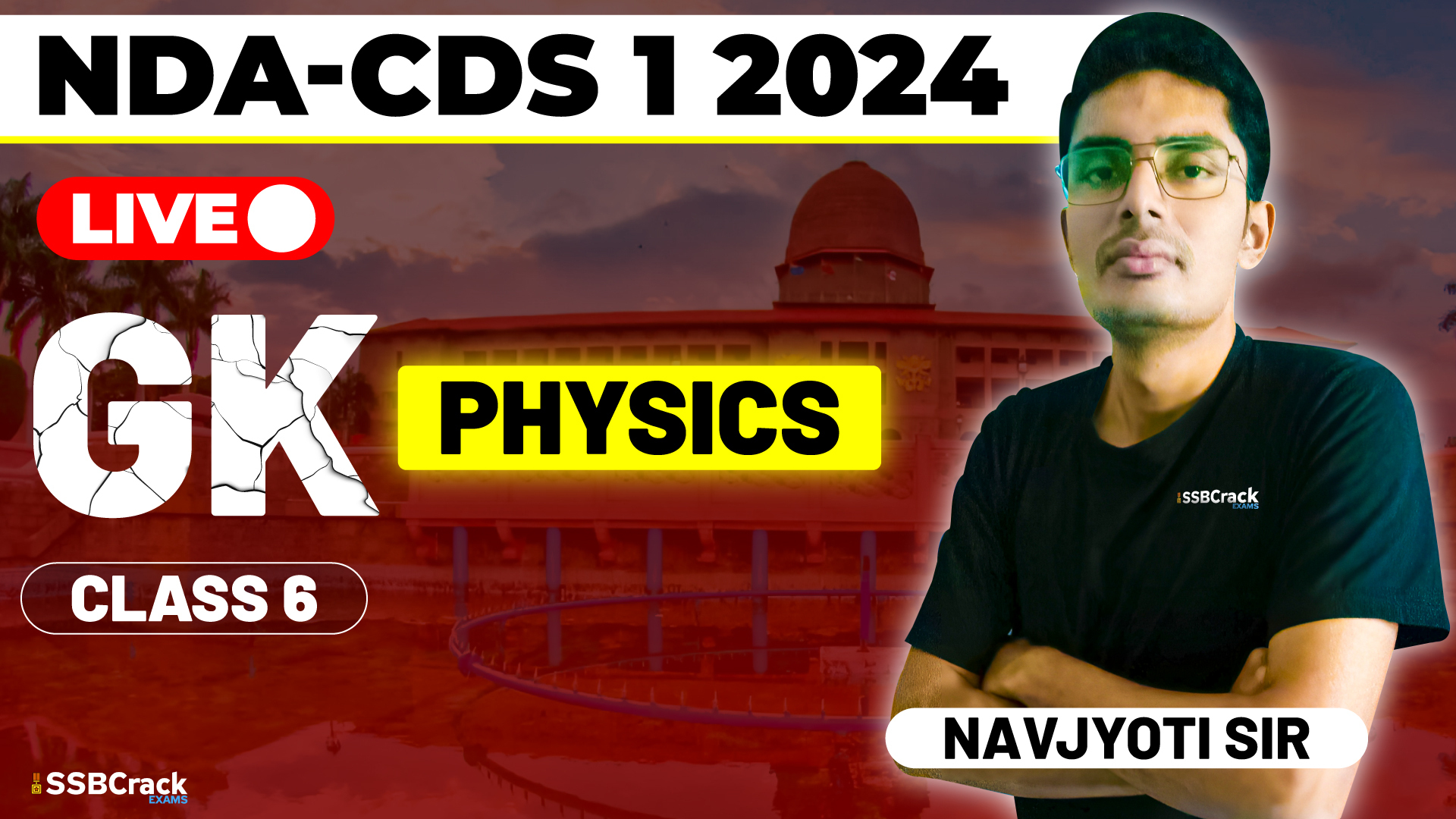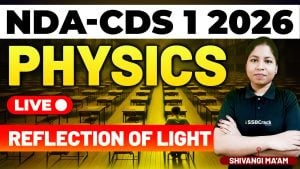Embarking on the path to success in exams like the NDA & CDS 1 2024 requires a solid grasp of physics, particularly the fundamental concepts related to motion. In GS Live Physics Class 6, participants were treated to a comprehensive exploration of motion, covering essential sub-topics such as Scalars and Vectors, Basics of Vector Operations, Distance, Displacement, Speed, Velocity, Acceleration, Graphs of Motion, Projectile Motion, and Uniform Circular Motion. Let’s dive into the highlights of this session.
Understanding Scalars and Vectors:
The class kicked off with a clear distinction between scalars and vectors. Scalars are quantities with only magnitude, like distance and speed, while vectors possess both magnitude and direction, as seen in displacement and velocity. This foundational understanding sets the stage for a deeper dive into the dynamics of motion.
Basics of Vector Operations:
Building on the concept of vectors, the class introduced the basics of vector addition and multiplication. Participants learned how to manipulate vectors, a crucial skill for analyzing motion in different directions.
Distance vs. Displacement:
The class then shifted gears to explore the difference between distance and displacement. While distance is the total path covered, displacement is the change in position from start to finish. Real-world examples were employed to elucidate these concepts, making it easier for participants to grasp the subtleties of motion measurement.
Speed, Velocity, and Acceleration:
The session seamlessly transitioned into the trio of fundamental motion parameters: speed, velocity, and acceleration. Speed, a scalar quantity, represents the rate of change of distance, while velocity, a vector, factors in direction. Acceleration, another vector, denotes the rate of change of velocity. Practical examples, like a car accelerating or decelerating, provided context to these concepts.
Graphs of Motion: Distance vs. Time and Speed vs. Time:
Graphical representations emerged as powerful tools for understanding motion. The class delved into the construction and interpretation of distance-time and speed-time graphs. Participants learned to glean valuable information from these visual aids, connecting the dots between theoretical concepts and their graphical representations.
Projectile Motion:
The session elevated the discussion to the intriguing realm of projectile motion. Participants were guided through an exploration of how objects move in a curved path under the influence of gravity. Real-life examples, such as a launched projectile or a kicked soccer ball, added a practical dimension to the theoretical understanding of this dynamic motion.
Uniform Circular Motion:
The final sub-topic explored in the class was uniform circular motion. Participants gained insights into how an object moves in a circular path with a constant speed. Practical applications, such as the motion of a car around a bend or a satellite orbiting Earth, reinforced the relevance of understanding uniform circular motion.
Conclusion:
In conclusion, the Physics Class 6 on motion stands as a pivotal resource for NDA & CDS 1 2024 exam aspirants. By unraveling the intricacies of scalar and vector quantities, introducing vector operations, exploring distance and displacement, and delving into the dynamics of speed, velocity, and acceleration, the class equipped participants with a robust foundation in motion physics. The addition of graphical representations, discussions on projectile motion and uniform circular motion, and a problem-solving approach make this live class an invaluable asset for those on the journey toward success in competitive exams.



















